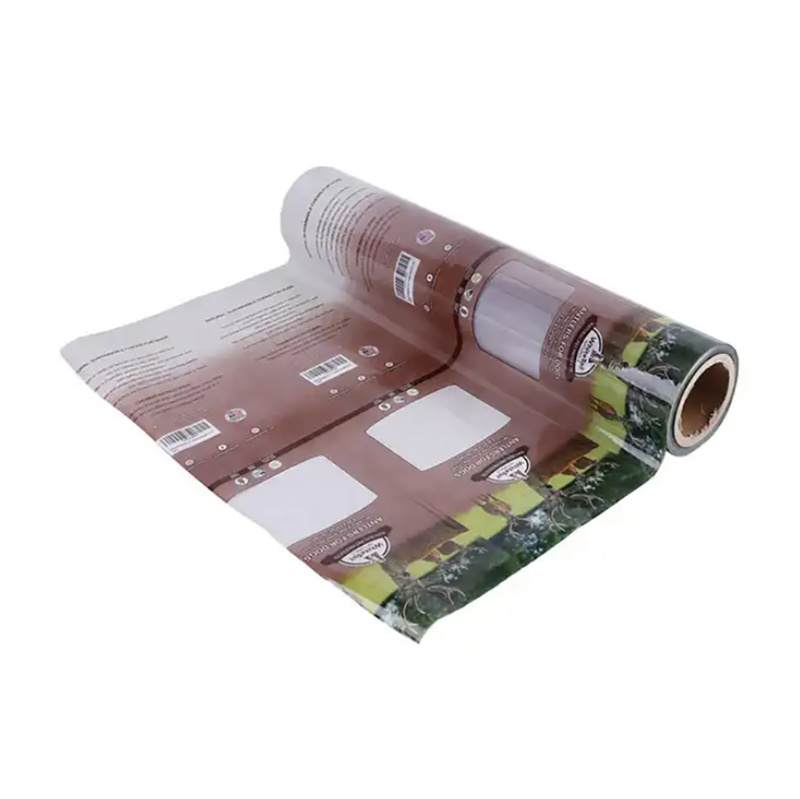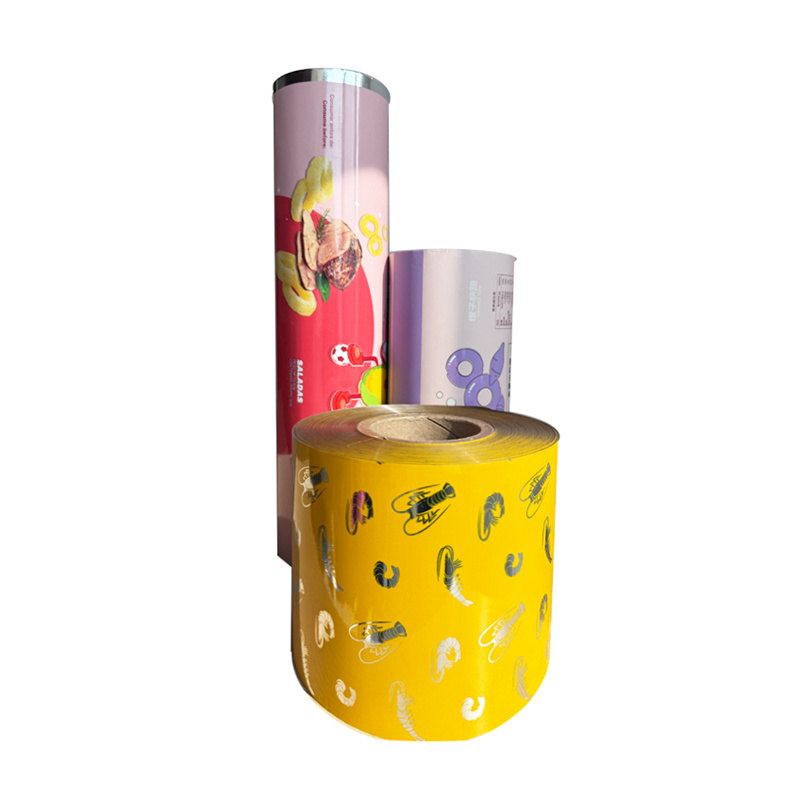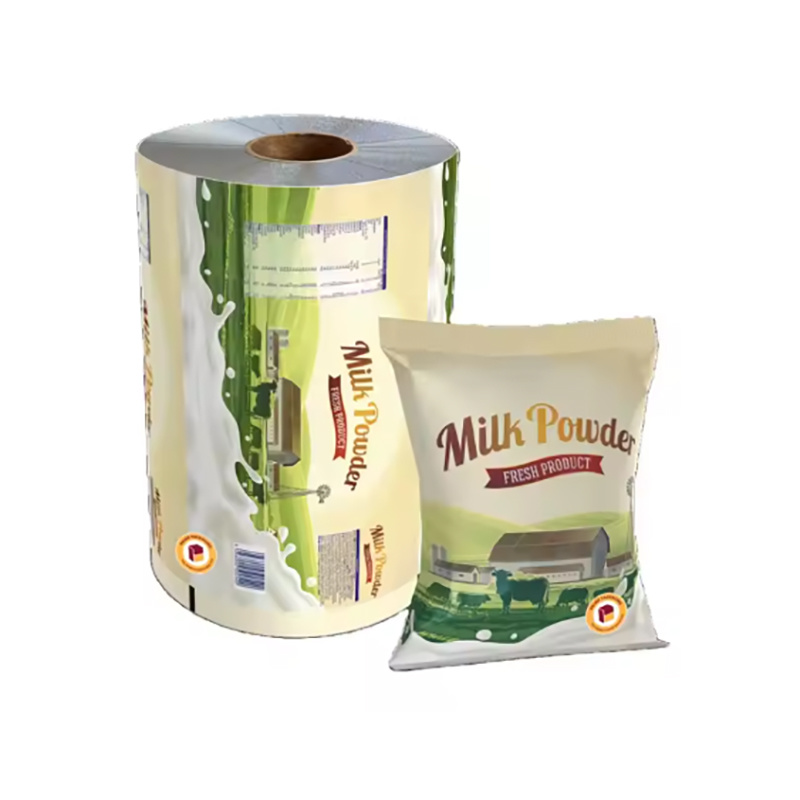Pet food bags, also known as pet food packaging bags, are bags specifically designed for packaging various pet foods (such as cat food and dog food). Here is a detailed introduction to pet food bags:
Material Composition
Pet food bags are made from a variety of materials. The following are common materials:
1. Co-extruded PE film: A commonly used plastic film with good barrier properties and heat resistance.
2. Woven bags: Made from woven materials, usually used for packaging large quantities of pet food.
3. Double-layer composite bags: For example, PP/PE, PE/PE, PET/PE, NY/PE, etc. These material combinations improve the bag's barrier properties and strength.
4. Three-layer composite bags: For example, PET/NY/PE, PET/MPET/PE, PET/AL/PE, etc. These bags usually have better barrier properties and tear resistance.
5. Four-layer composite bags: For example, PET/NY/AL/PE, PET/AL/PET/PE, etc. These bags are usually used for pet food that requires higher barrier properties and a longer shelf life.
6. High-temperature sterilization bags: For example, PET/NY/AL/RCPP. These bags can withstand high-temperature sterilization and are usually used for wet food or soft canned food packaging.
Among these materials, aluminum foil (AL) is widely used because aluminum foil packaging bags have good barrier properties, airtightness, light-blocking properties, oil resistance, and softness, making them very suitable for pet food packaging.
Bag Design
Pet food bag designs are also diverse to meet the needs of different pet foods and consumer preferences. Common bag types include:
1. Flat bottom bags: The bottom is flat, easy to place and stack.
2. Quad-seal bags: Sealed on all four sides, improving the bag's seal and strength.
3. Stand-up pouches: Have a supporting structure at the bottom, allowing them to stand upright for easy display and access.
4. Connected bags: Multiple bags are connected together for convenient batch packaging and transportation.
5. Back-seal bags: Sealed on the back of the bag, usually used for small packages of pet food.
Additional Design
In addition to basic materials and bag designs, pet food bags can be further designed as needed to enhance their practicality and aesthetics. These additional designs include:
1. Printing: Brand information, product descriptions, nutritional ingredients, etc., can be printed on the bag to improve product recognition and appeal.
2. Zipper: A reusable zipper design makes it convenient for consumers to use and store pet food while maintaining freshness.
3. One-way degassing valve: Used to exhaust excess gas from the bag, extending the shelf life of the food.
4. Spout: Convenient for pouring food, preventing spillage or waste.
Selection Suggestions
When choosing pet food bags, consumers and pet food producers should consider the following factors:
1. Barrier properties: Ensure the bag effectively blocks air, moisture, oil, etc., to maintain the freshness and quality of the food.
2. Strength: The bag should be strong enough to withstand the pressure and friction during transportation and storage.
3. Sealability: Good sealing performance can prevent food leakage and spoilage.
4. Aesthetics: Bags with clear printing, bright colors, and beautiful designs can enhance product appeal.
5. Cost-effectiveness: Choose cost-effective bags while ensuring quality to reduce production costs.
In summary, pet food bags play a crucial role in the pet food industry. By choosing the right materials and bag designs, and incorporating necessary additional designs, the quality and safety of pet food can be ensured, while also improving product competitiveness and market share.
TAG:
Previous
Next
Previous
Next





Pet food bag
Category:
Product inquiry
NOTE: Please leave your email, our professional person will contact you asap!













